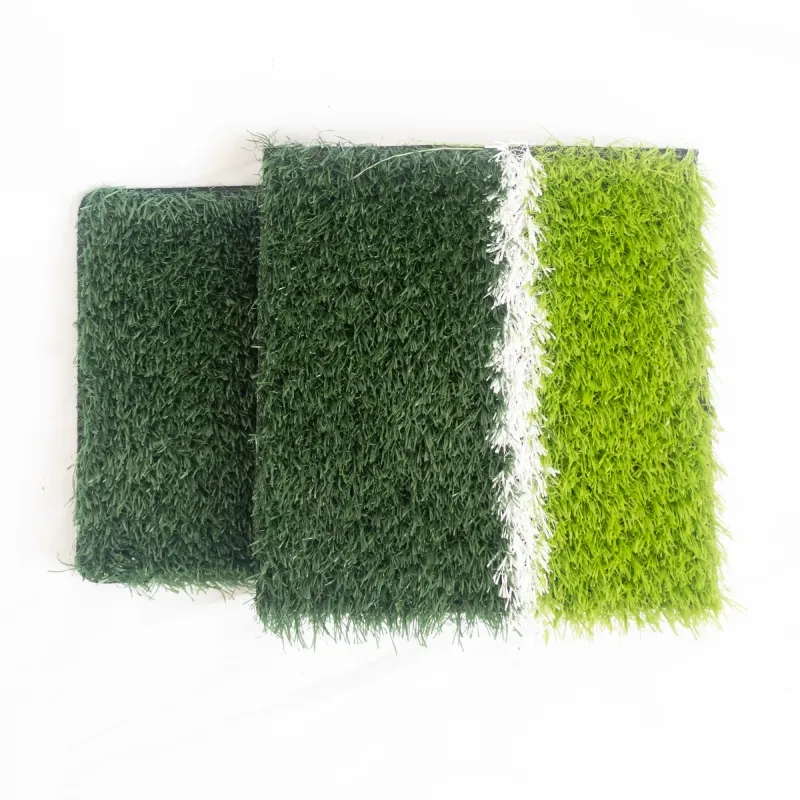
- Afrikaans
- Arabic
- Belarusian
- Bengali
- Czech
- Danish
- Dutch
- English
- Esperanto
- Estonian
- Finnish
- French
- German
- Greek
- Hindi
- Hungarian
- Icelandic
- Indonesian
- irish
- Italian
- Japanese
- kazakh
- Rwandese
- Korean
- Kyrgyz
- Lao
- Latin
- Latvian
- Malay
- Mongolian
- Myanmar
- Norwegian
- Persian
- Polish
- Portuguese
- Romanian
- Russian
- Serbian
- Spanish
- Swedish
- Tagalog
- Tajik
- Thai
- Turkish
- Turkmen
- Ukrainian
- Urdu
- Uighur
- Uzbek
- Vietnamese
turf grass for patio
Sep . 26, 2024 02:21 Back to list
Choosing the Right Turf Grass for Your Patio
Creating an inviting and aesthetically pleasing outdoor space is essential for enjoying warm weather and relaxation. One of the key components to enhancing your patio is selecting the right turf grass. With various types of turf grasses available, understanding their characteristics, maintenance needs, and suitability for your specific patio conditions can help you create the perfect outdoor environment.
Understanding Turf Grass Types
Turf grass can generally be categorized into two main types cool-season grasses and warm-season grasses. Cool-season grasses, such as Kentucky bluegrass, fescue, and ryegrass, thrive in the northern regions and are best suited for areas that experience cooler temperatures. These grasses are characterized by their lush green color and dense growth, providing a thick carpet-like feel underfoot.
In contrast, warm-season grasses, including Bermuda, Zoysia, and St. Augustine, are ideal for southern climates. They flourish in warm temperatures and remain vibrant throughout the summer, often developing a deep green hue that can greatly enhance the visual appeal of your patio. Understanding the climate of your region is essential when making your selection, as the wrong type of turf grass can lead to poor growth and increased maintenance.
Factors to Consider
When selecting turf grass for your patio, consider several key factors
1. Sunlight Exposure Assess the amount of sunlight your patio receives throughout the day. Some grasses require full sun (at least 6-8 hours of sunlight) to thrive, while others tolerate partial shade. For example, Zoysia grass is known for its shade tolerance, making it a great choice for partially shaded patios.
2. Foot Traffic If your patio area is frequently used for gatherings, entertaining, or play, choose a grass that can withstand foot traffic. Bermuda grass is excellent for high-traffic areas due to its robust growth and resilience.
3. Soil Type and Drainage The type of soil in your garden and how well it drains can significantly influence the success of your turf grass. Conduct a soil test to determine pH levels and nutrient content and consider amending the soil if necessary. Some grasses, like fescue, can adapt to poorer soils, while others may require richer soil conditions.
turf grass for patio

4. Maintenance Requirements Different grasses come with varying maintenance needs. Cool-season grasses often require more water and effort during the summer months, while warm-season grasses, once established, may be more drought-resistant and easier to maintain. Choosing low-maintenance varieties can save time and resources.
Installation Tips
Once you have selected the appropriate turf grass for your patio, it’s time to consider installation. You can choose between seeding, sodding, or even using turf rolls, depending on your budget and preferred timeline. Sodding provides immediate results, but it can be more costly, while seeding allows for a more gradual establishment of grass over time. Always follow the recommended planting tips for your selected grass type.
Make sure to prepare your patio area by clearing debris, leveling the ground, and loosening the soil. Proper preparation ensures optimal growth conditions for your grass.
Maintenance of Your Turf Grass
Once your turf grass is in place, ongoing maintenance will help keep your patio looking its best. Regular mowing, watering, and fertilization will promote healthy growth. Establish a watering schedule that accommodates your grass type and the local climate, ensuring you do not overwater, which can lead to disease issues.
Aerating the lawn every couple of years can also enhance root health and improve the overall resilience of your turf grass. Finally, keep an eye out for pests and diseases, and address any issues promptly to maintain the lush appearance of your patio.
Conclusion
Selecting the right turf grass for your patio can transform your outdoor space into a vibrant retreat. By understanding the various grass types and their requirements, considering factors like sunlight exposure and foot traffic, and committing to regular maintenance, you can cultivate a beautiful and functional patio landscape. Enjoy the serenity and beauty of your green space as you relax and entertain with family and friends!
-
The Benefits of Artificial Turf for Indoors
NewsJul.15,2025
-
How Artificial Grass Suppliers Ensure Quality Products
NewsJul.15,2025
-
Artificial Grass and Pets: A Space for Relaxation
NewsJul.08,2025
-
Balcony & Outdoor Decoration with Artificial Grass
NewsJul.08,2025
-
Best Indoor Artificial Grass for Home
NewsJul.07,2025
-
Best Pet Turf for Dogs: Safe & Durable Artificial Grass Options
NewsJul.07,2025
Products categories









